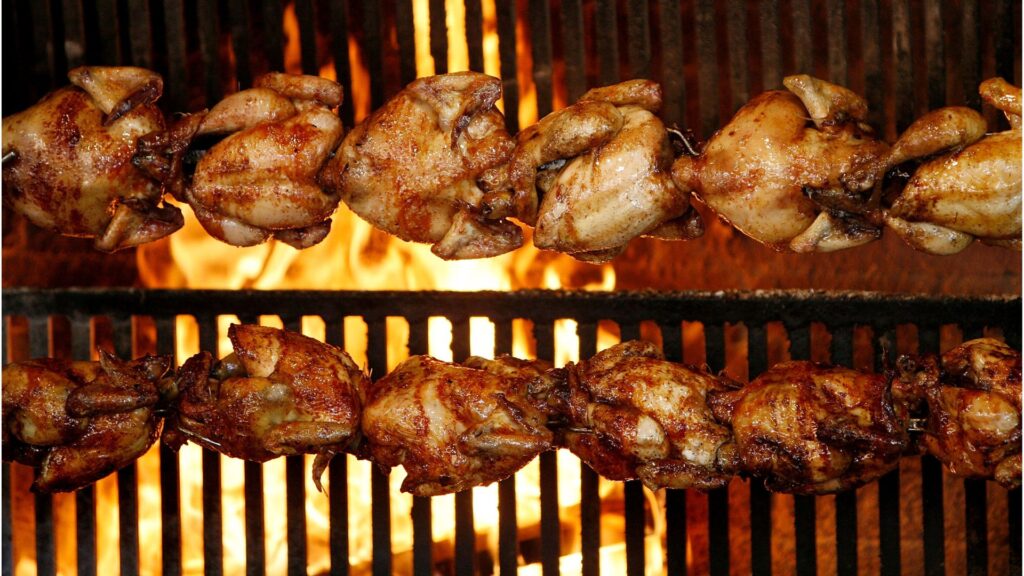Rotisserie chickens are a staple for many American households. The succulent, juicy chicken, with a crispy skin and amazing flavors, is the perfect addition to any meal.
However, not all rotisserie chickens are quite that good. Like all foods, especially meat, rotisserie chicken comes with some food safety warnings that need to be followed. As not all grocery stores are following them, you need to know which ones these are so you can avoid them at all costs.
Rotisserie Chickens Are Healthy

Rotisserie chickens are quite a healthy food to purchase. The chicken breast (not including the skin) has 33.6 grams of protein, 341 milligrams of potassium, and 295 milligrams of phosphorus. It also contains other essential vitamins and nutrients.
However, not all of these chickens are like this. Some stores tend to put quite a lot of salt in them, which can make it a bit unhealthier. This is why you should be aware of where you are buying your rotisserie chickens from so as not to encounter this.
They Can Also Be Bad for Your Health
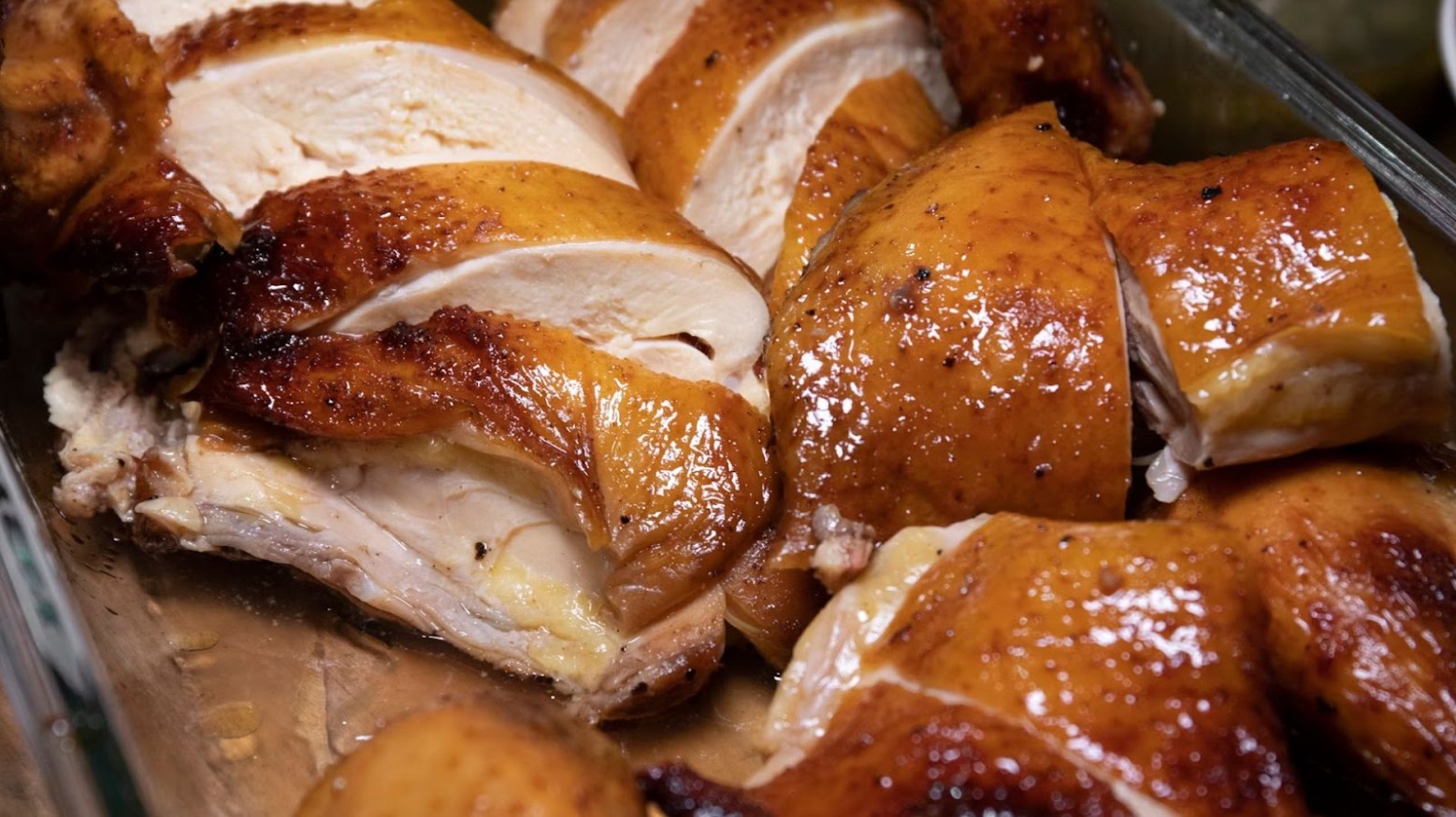
Despite being good for you in some ways, they can also be bad for your health. They tend to contain quite a lot of sodium (salt), containing most of your daily intake in just a 6-ounce piece of chicken.
Some of the chickens sold by stores also have a resistance to antibiotics. This is because they are given antibiotic feed to keep them alive for as long as possible before being slaughtered. Health issues can arise for those consuming the chicken, as antibiotics become an ineffective form of treatment.
Rotisserie Chickens Should Be Hot
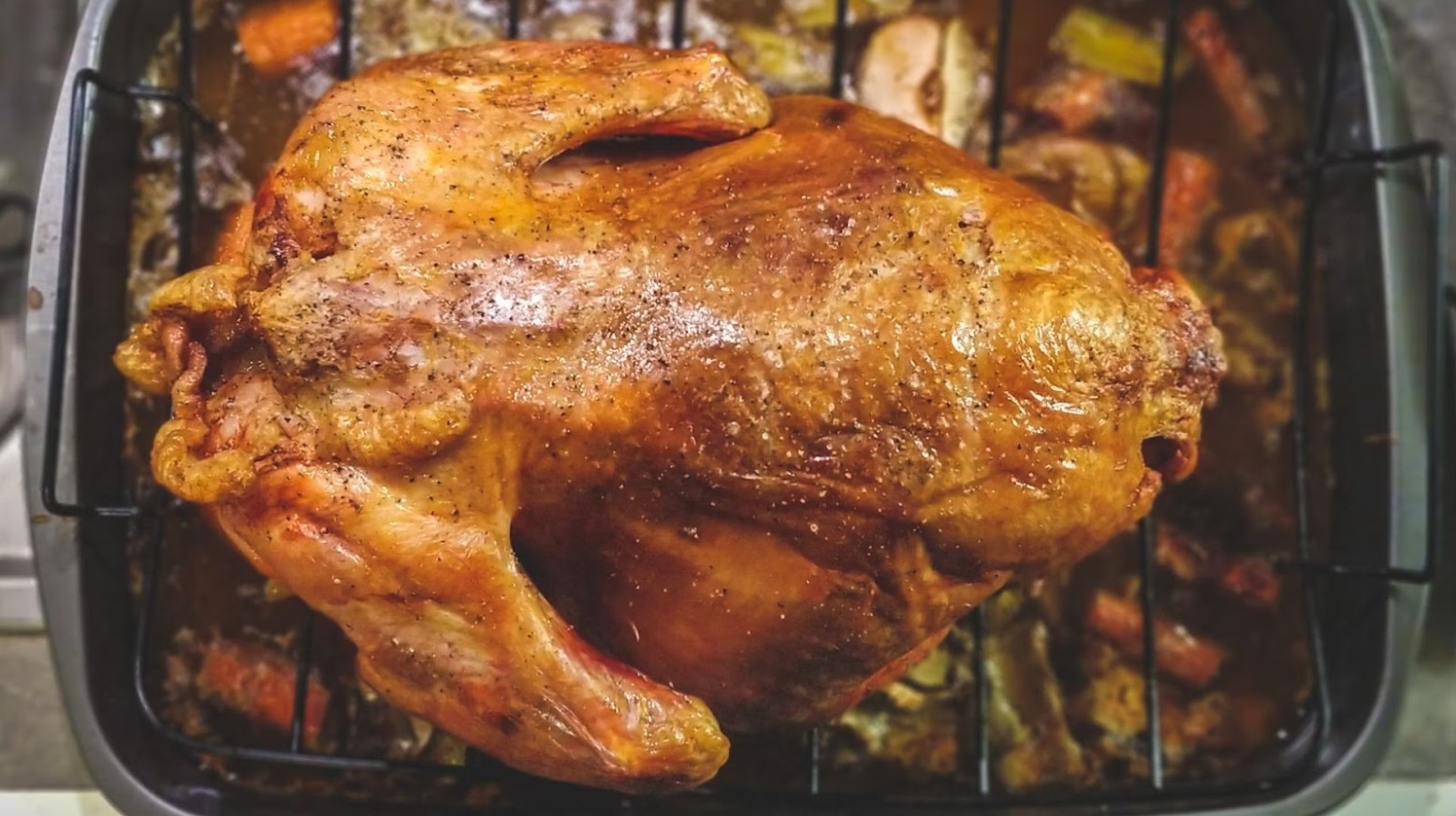
When buying a rotisserie chicken, it is important to make sure they are hot to the touch. It can be easier to go for one that is cooler and doesn’t burn your hands, but this one decision could negatively impact your health.
This is because all poultry needs to be heated to at least 165 degrees Fahrenheit in order to be safely consumed. Anything that is between 40 and 140 degrees Fahrenheit is classed as the danger zone because bacterial growth can happen fastest at these temperatures, causing many health risks.
Symptoms of Food Poisoning
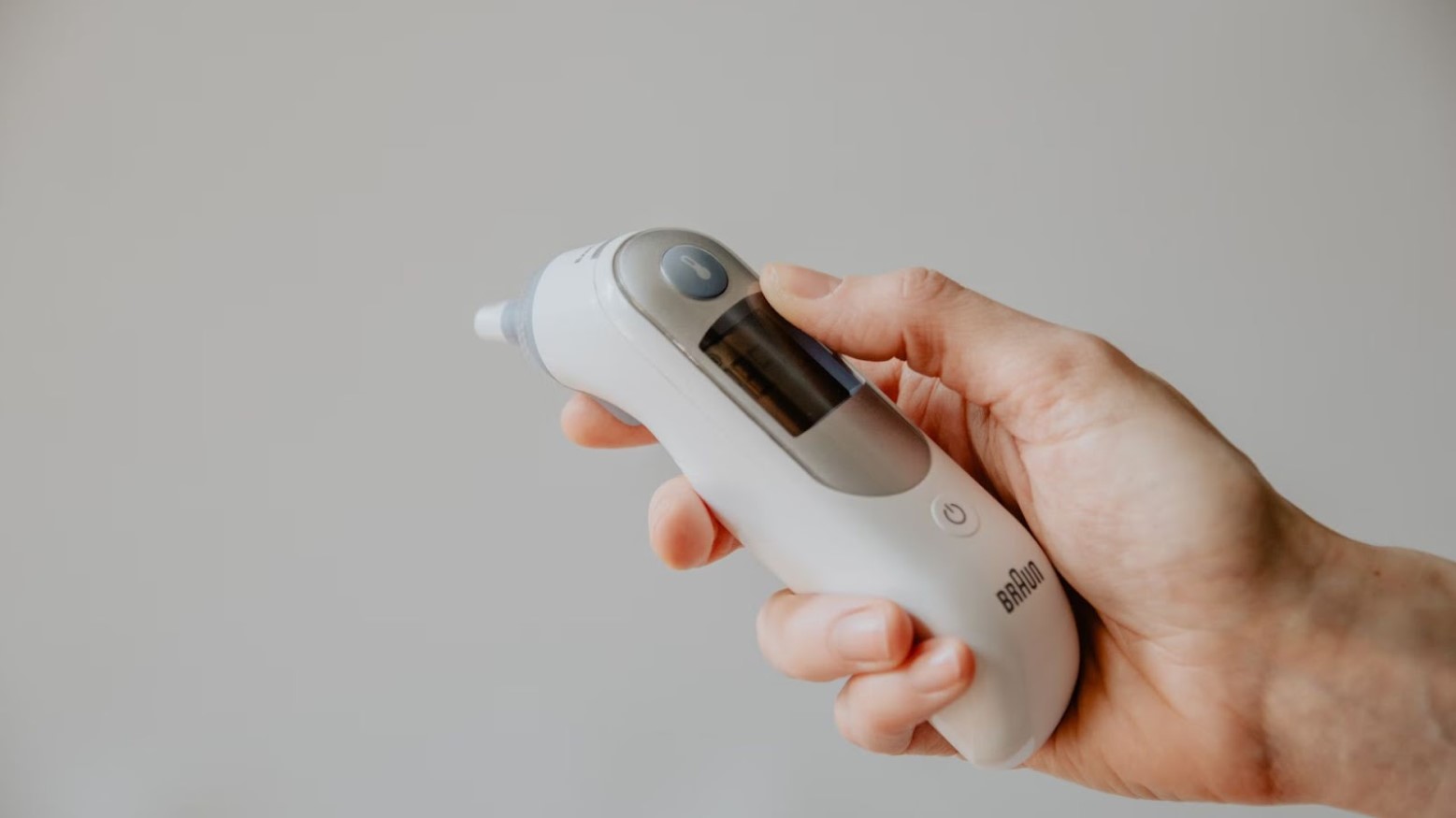
If the rotisserie chicken is in that danger zone, it can cause food poisoning symptoms. This includes vomiting, diarrhea, an upset stomach, fever, and headache.
This is why it is important to check the temperature of your rotisserie chicken before purchasing it. Otherwise, you could potentially get food poisoning. You should also pick up the chicken as you are leaving the store and go straight home to help maintain the temperature.
Particularly Nasty for Some
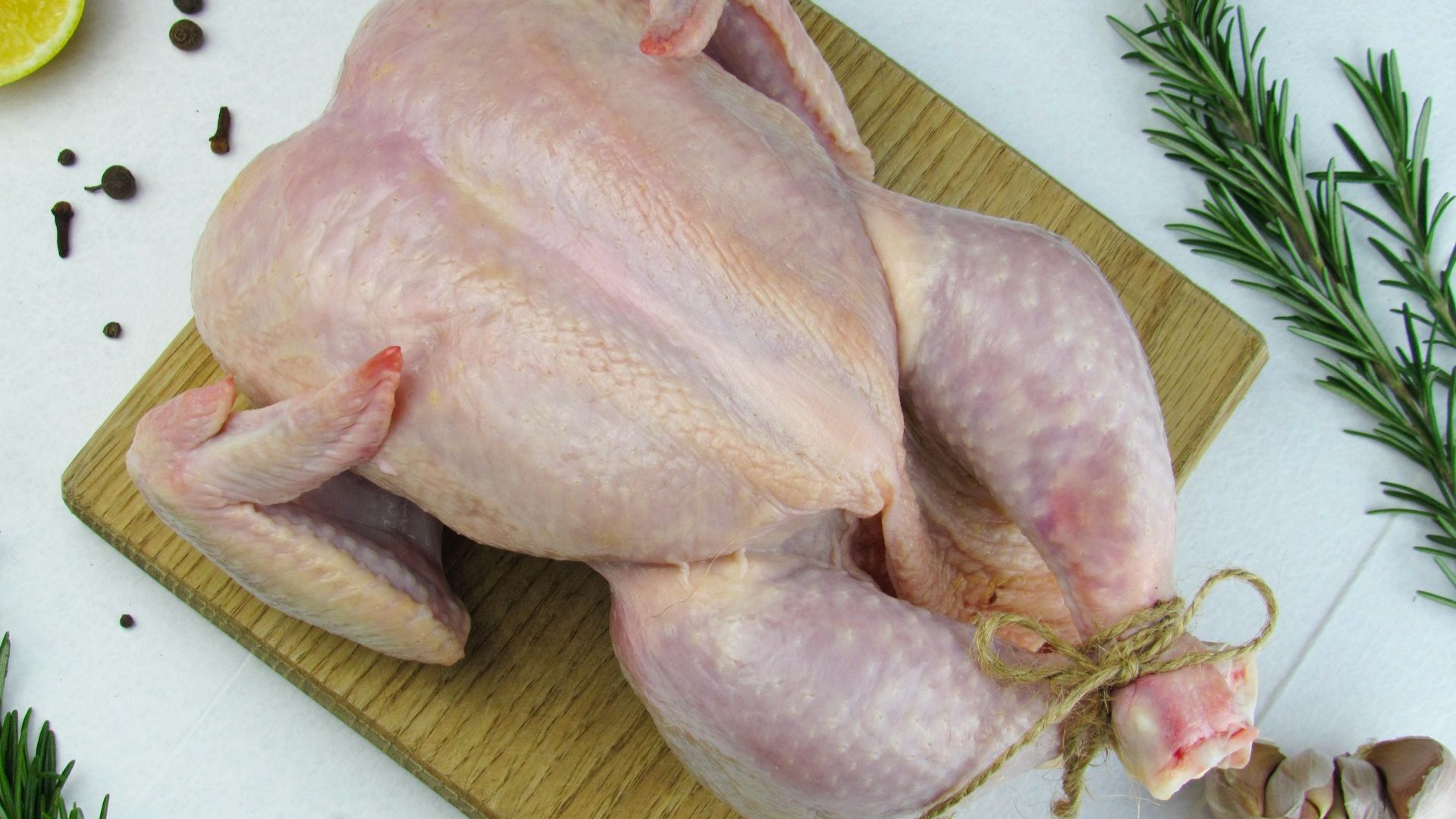
Food poisoning may amount to some minor symptoms for most or even a day’s bed rest. But some people are especially vulnerable to the kind of poisoning you can get from chicken that is inadequately cooked.
It is crucial to be especially vigilant when selecting rotisserie chickens that will be served to children, the elderly, the pregnant, and people with compromised immune systems.
Check the Label

The touch test is one way to make sure the chicken is thoroughly cooked.
However, consumers can also check the labeled stickers that grocery stores tend to place on their rotisserie chickens. These stickers say how long the food has been sitting out.
Ordering Your Grocery Tip

There are little hacks you can use to avoid dodgy rotisserie chicken. Even the order of your trip can help.
Picking up your chicken on the way out of the store rather than on your way in is a reliable safety measure.
Store It Properly
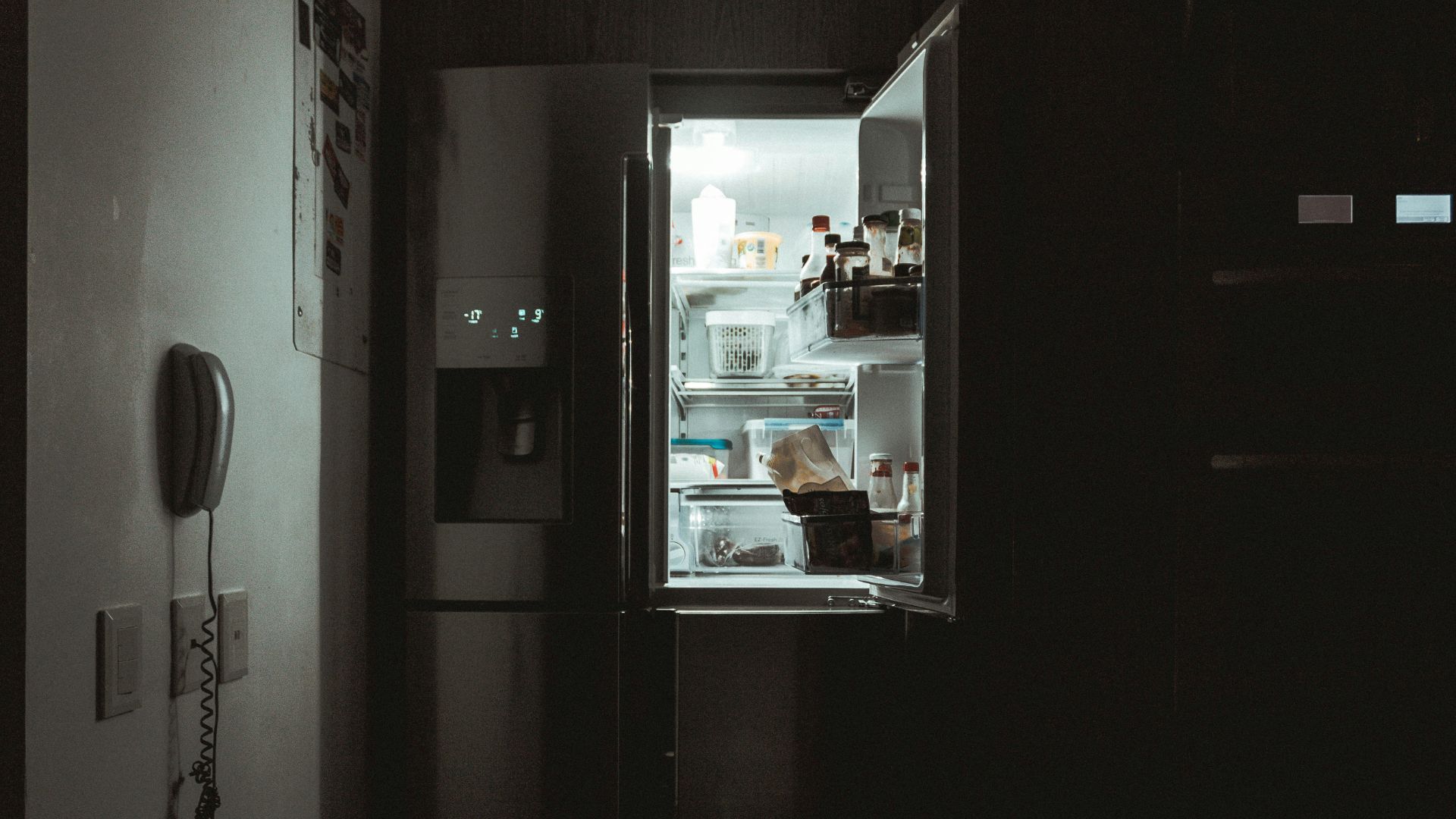
Spokespeople from the USDA’s Meat and Poultry Hotline advise consumers that rotisserie chickens should not be sitting out for more than two hours after purchase.
Especially when temperatures are above 90 degrees, you should put the chicken in the fridge within an hour of buying it.
Buy It at the End of Your Trip
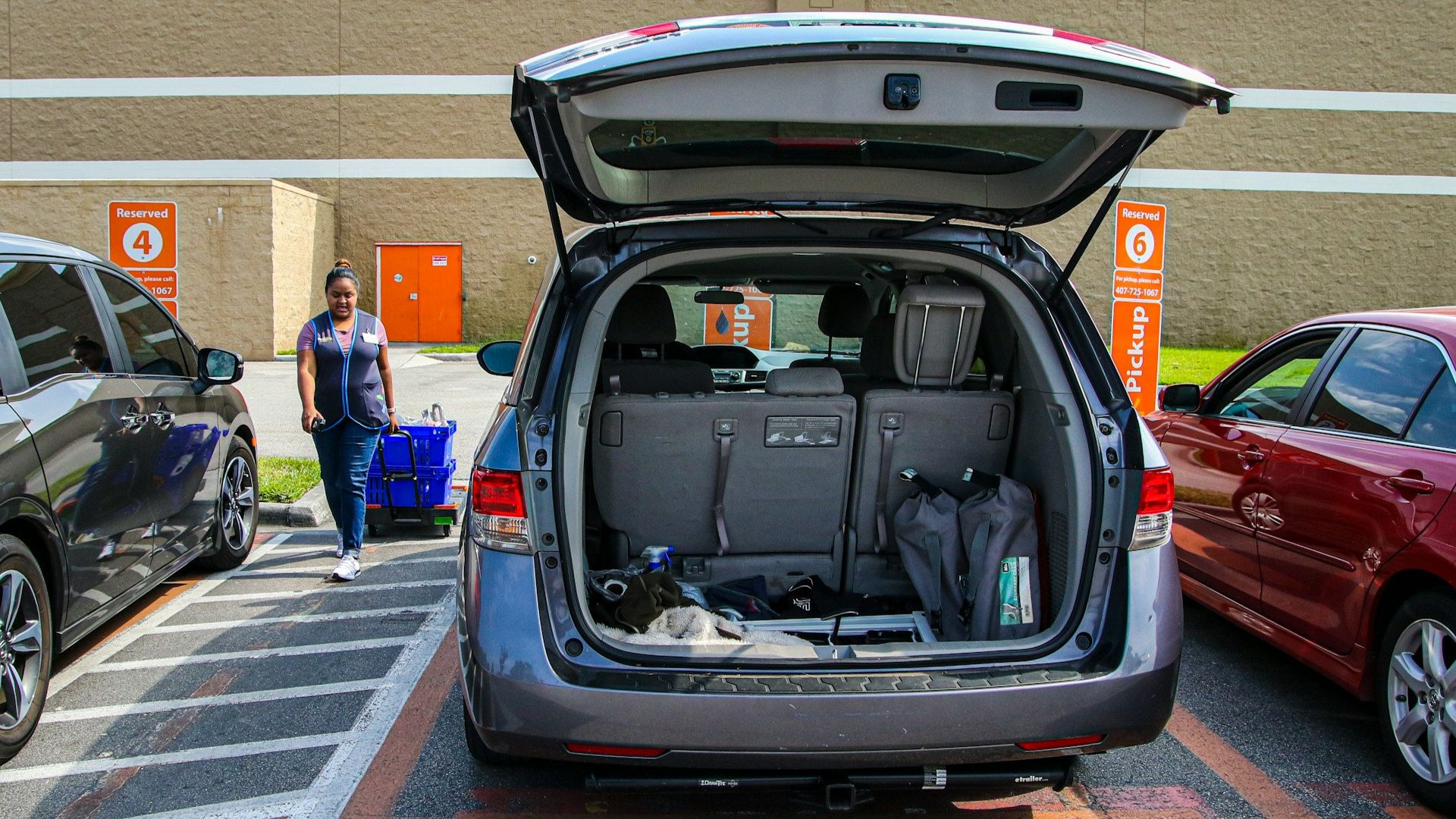
If you plan on buying a rotisserie chicken, it may be worth heading into the store at the end of your day out rather than at the start.
Food safety consultant Jeff Nelken said: “You don’t want to be driving around for two hours with the chicken in your car not having adequate temperature maintenance.”
Avoiding Some Grocery Stores
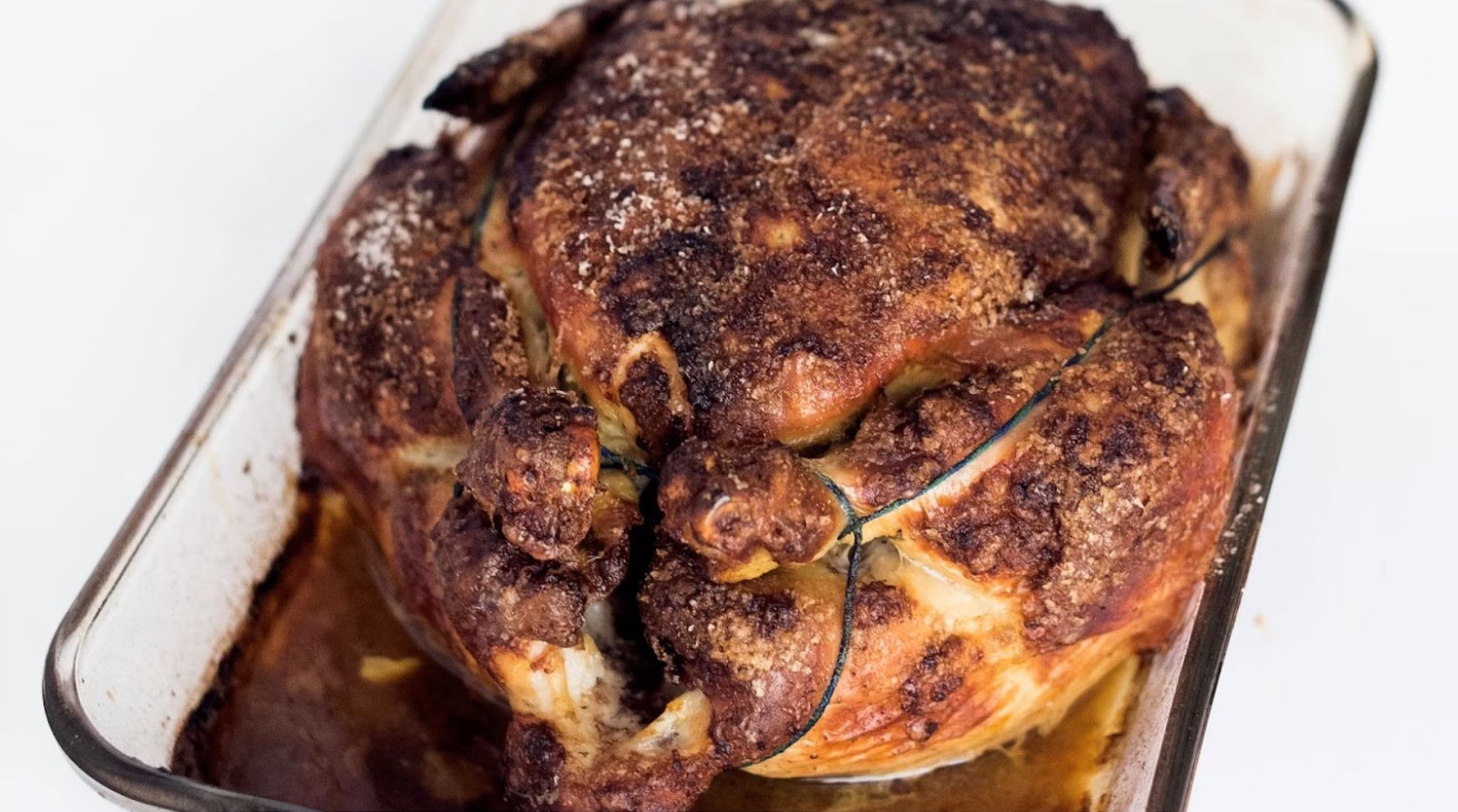
If you are considering buying a rotisserie chicken, there are some grocery stores that you should avoid at all costs, as the chicken has been found to fall short of some food safety standards.
With a range of issues such as the chicken not being warm enough, being too mushy, having a bland taste and being undercooked, these are the stores that you should avoid.
Harris Teeter
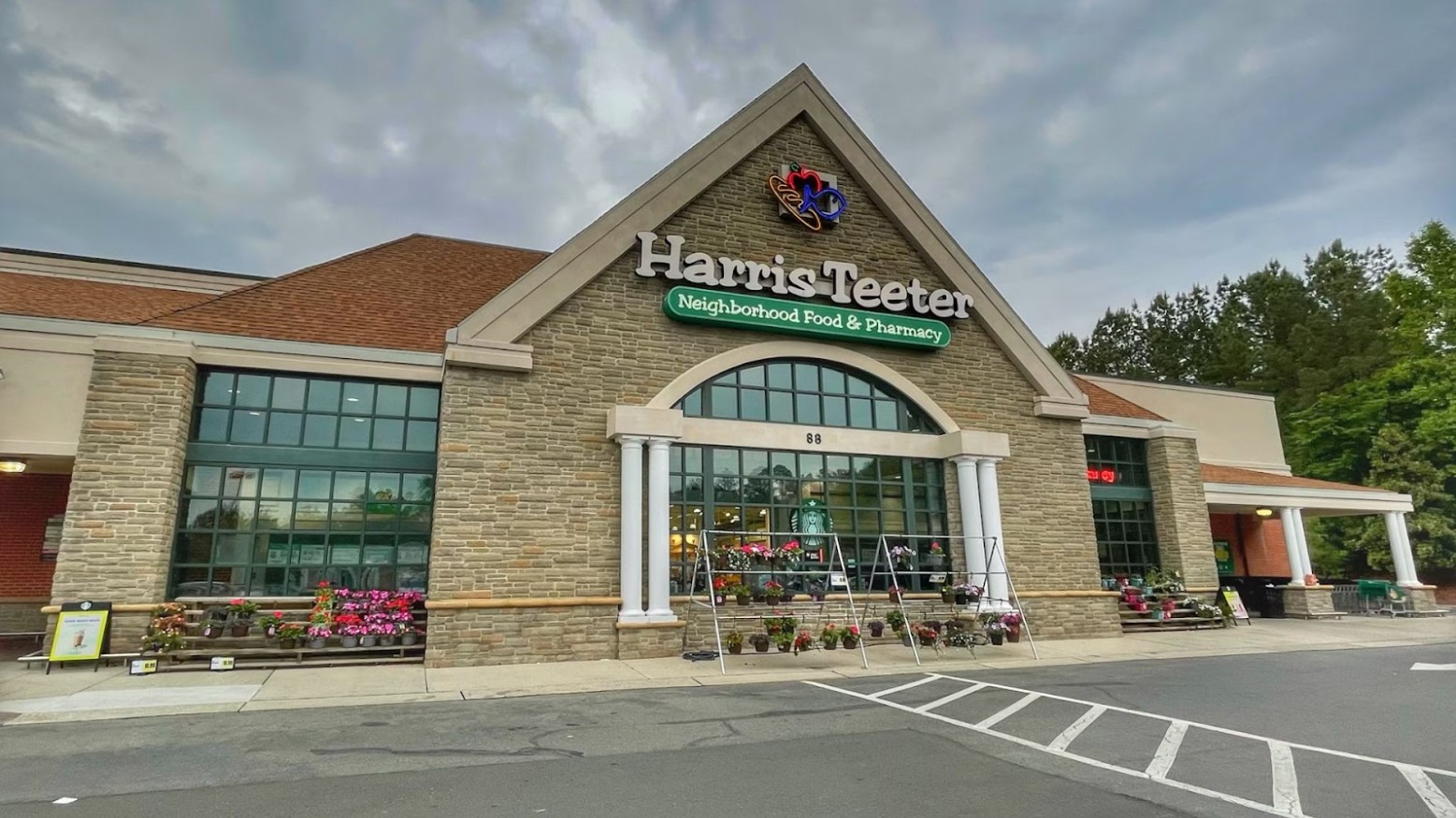
Although Harris Teeter has a range of great deli items, its rotisserie chickens aren’t included in this. Their taste isn’t that good, which is mainly due to their texture being described as both “dry and mushy.”
Some customers have found that their chicken was overcooked, whereas others get home to see that their chicken is missing various bodyparts, such as the legs. A small chicken costs $7, but you might need to buy multiple if you have a larger family.
Food Lion
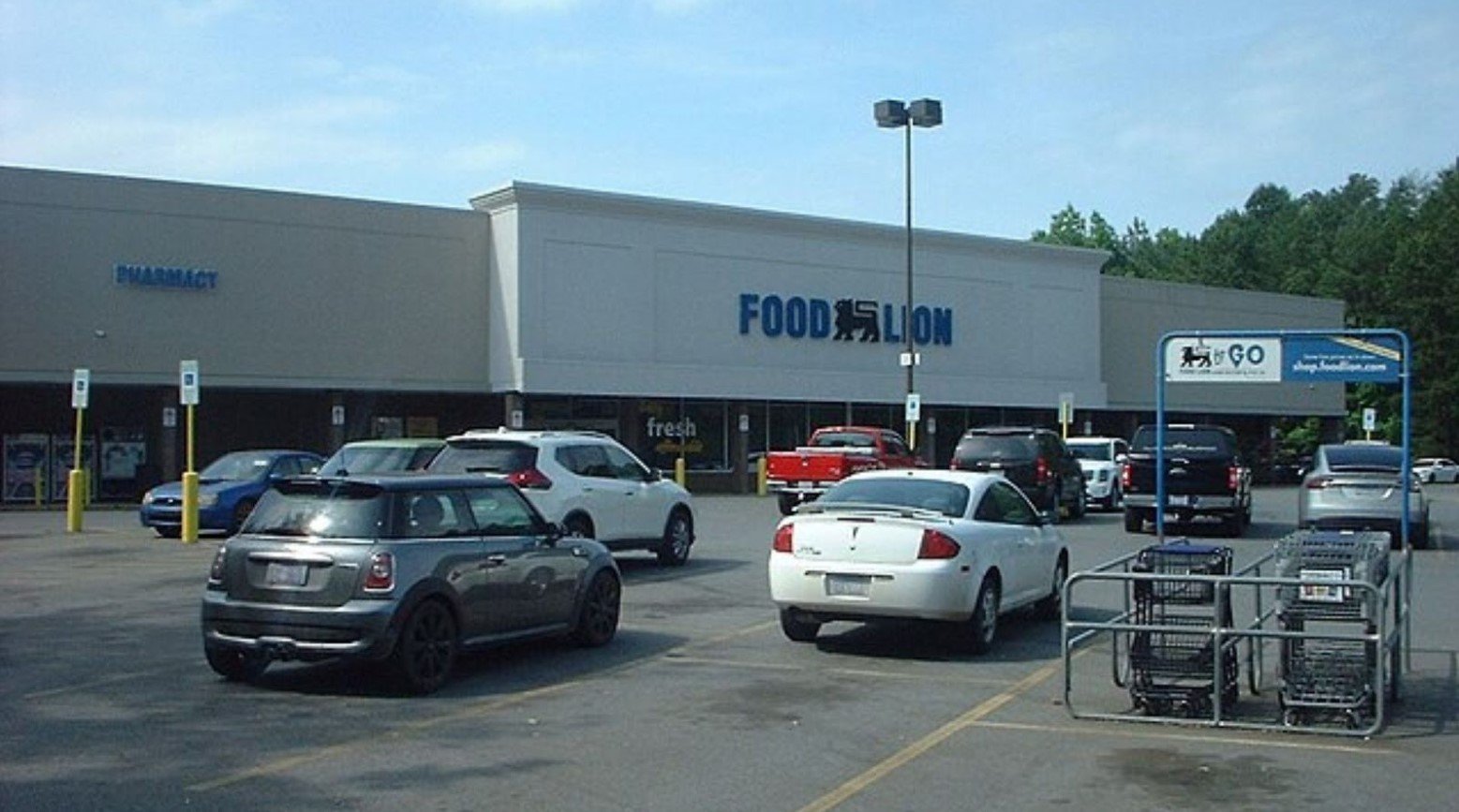
Food Lion is another grocery store that is best to avoid. Its rotisserie chickens tend to be quite dry and small, as they are unable to keep in much moisture when spending a lot of time under the heat lamp.
The chickens come in two sizes, 28-ounces and 40-ounces, although the larger chickens tend to be quite limited. Many customers have complained that the wings are inedible and that the chicken is quite bland.
Fresh Market
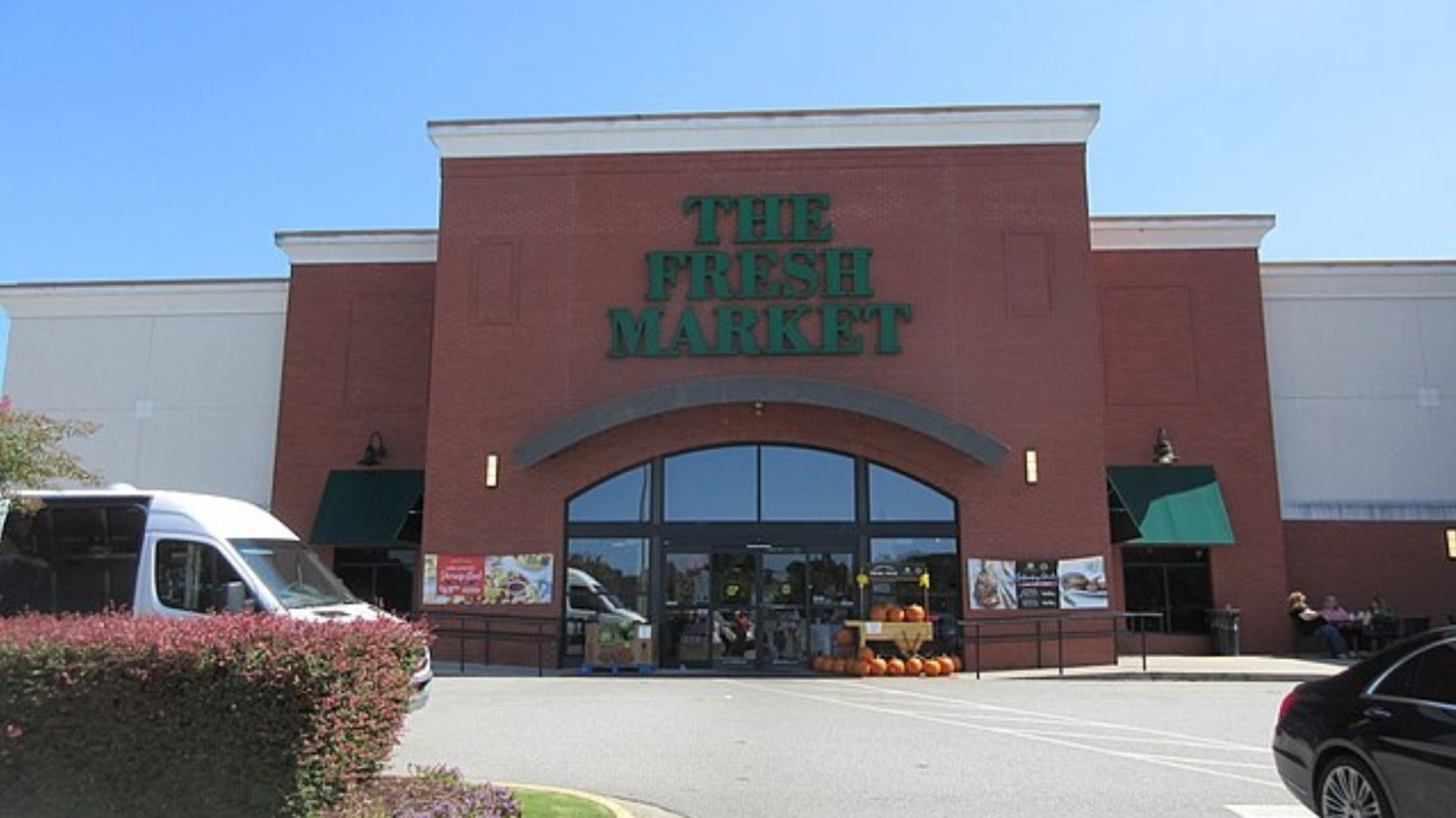
Even though Fresh Market rotisserie chickens look delicious from the outside, they don’t tend to be as delicious once you consume them. The main reason for this is due to how dry they are.
One of the other issues with this rotisserie chicken is the skin. The skin is the main attraction of a rotisserie chicken, as it is where all of the seasonings have been put. However, customers regularly complain that the Fresh Market chickens are lacking in flavor and taste.
Whole Foods
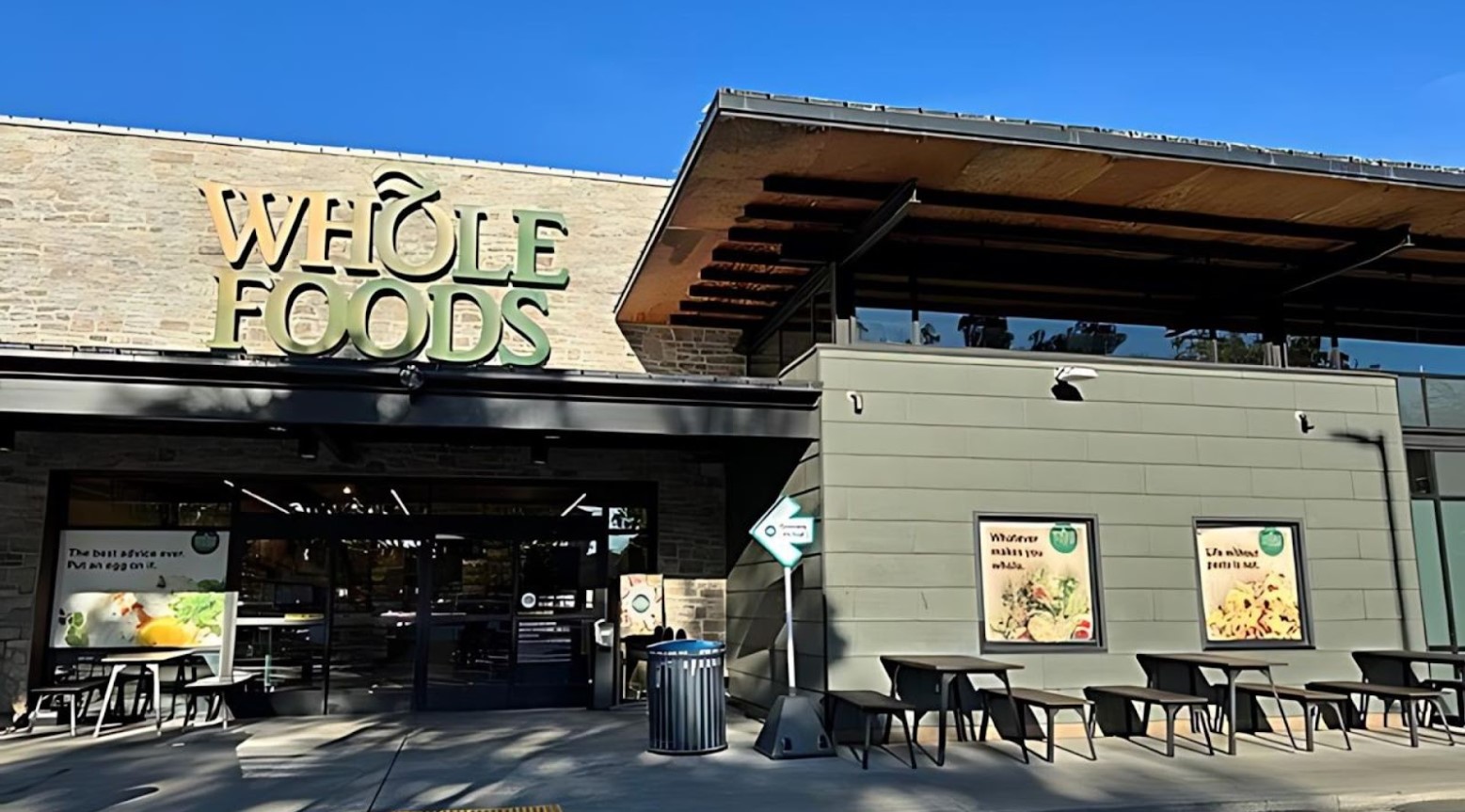
Whole Foods is another store to avoid. Like many of the stores in this list, its rotisserie chickens are quite dry and have no flavor. Unless you plan on adding your own seasonings to it, they are best to avoid.
However, one important thing to note is that Whole Foods has a commitment to good quality food. Its rotisserie chickens are brought up in humane conditions and are free to roam around, which does at least score it some good points.
Winn-Dixie
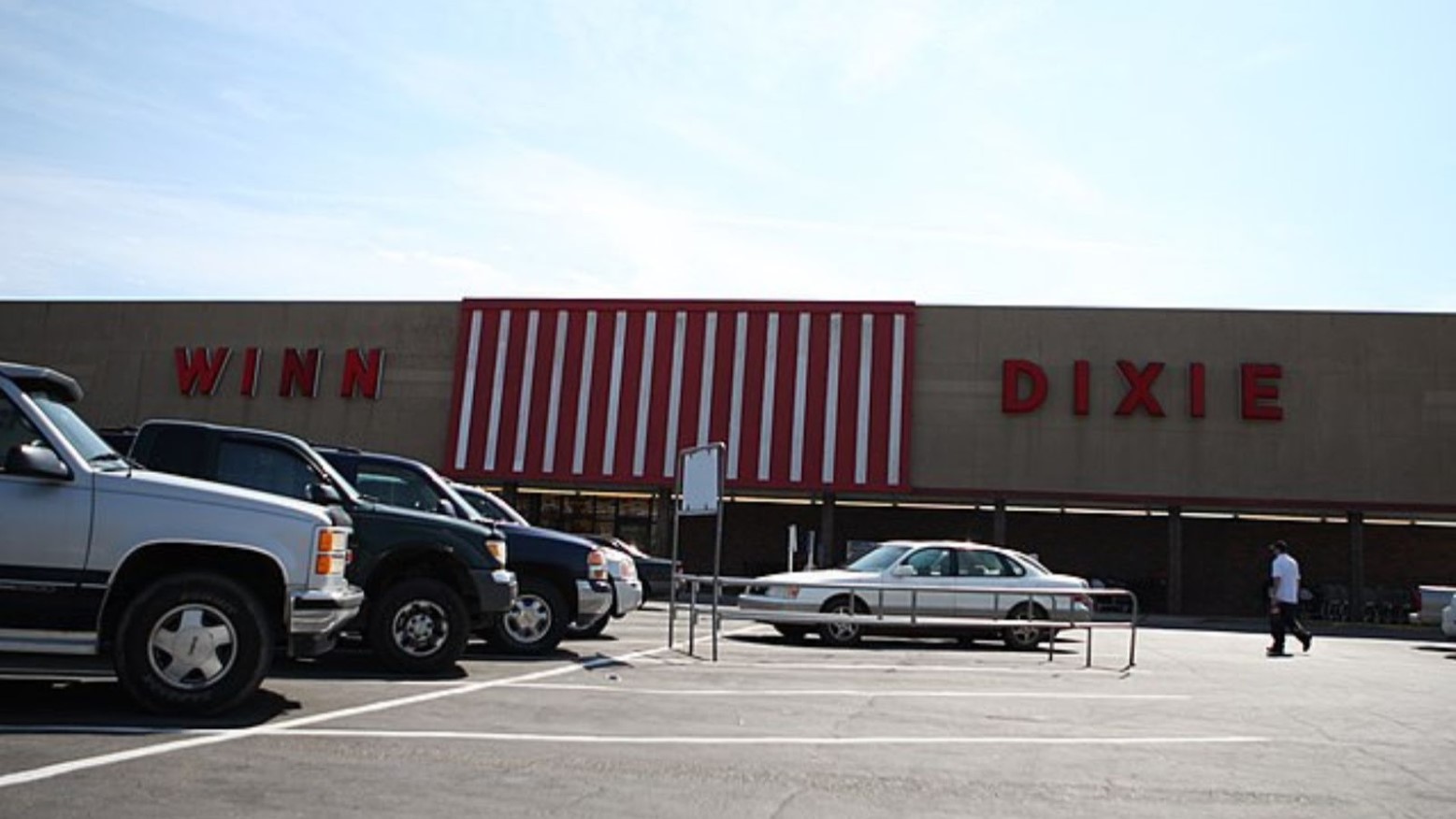
Even though Winn-Dixie and the other grocery stores mentioned have foods that people love, its rotisserie chickens are one food item that has been recommended to avoid.
It is pale in color, which either suggests the chicken is under-seasoned or undercooked. Its texture isn’t much better, as it has a fatty texture with a stringy consistency. Because of this, many people are intent on avoiding these rotisserie chickens.
Walmart
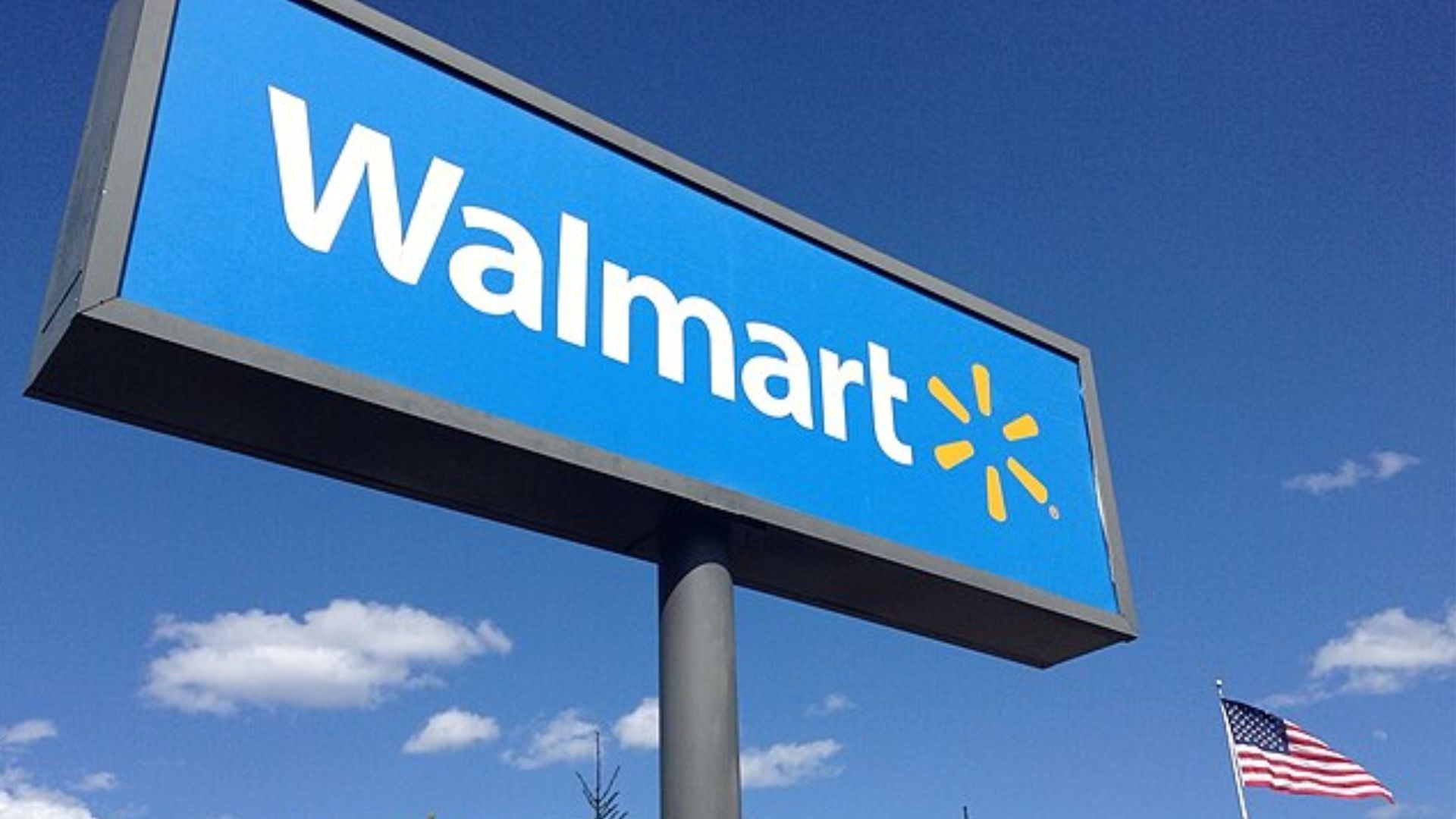
While Walmart might not be the first option for a customer to buy a rotisserie chicken, the reviews are damning.
Critics have slammed Walmart’s rotisserie chickens for their fatty quality and unusual texture. While some might prefer it, many have complained that these chickens are too juicy, to the point they are overly greasy and fall apart.
Kroger
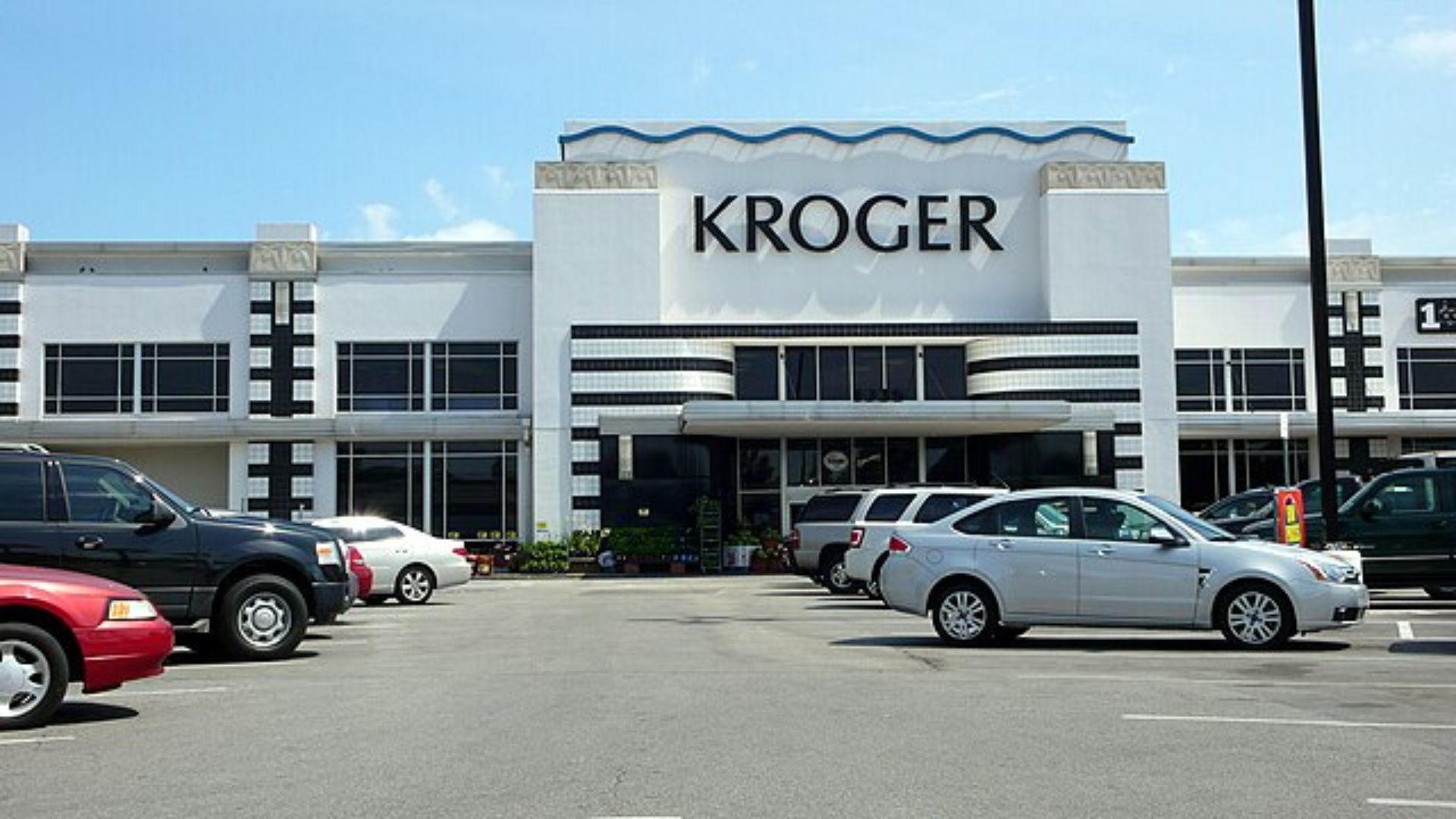
A reoccurring issue with Kroger’s rotisserie chickens is its dryness.
Even positive reviews have noted that the meat is so dry, that the consistency of the chicken becomes chalky while chewing it. Critics have also said the skin lacks any crispiness or seasoning. The chickens also average at two pounds, making for a modest meal.
Alternative Recipes
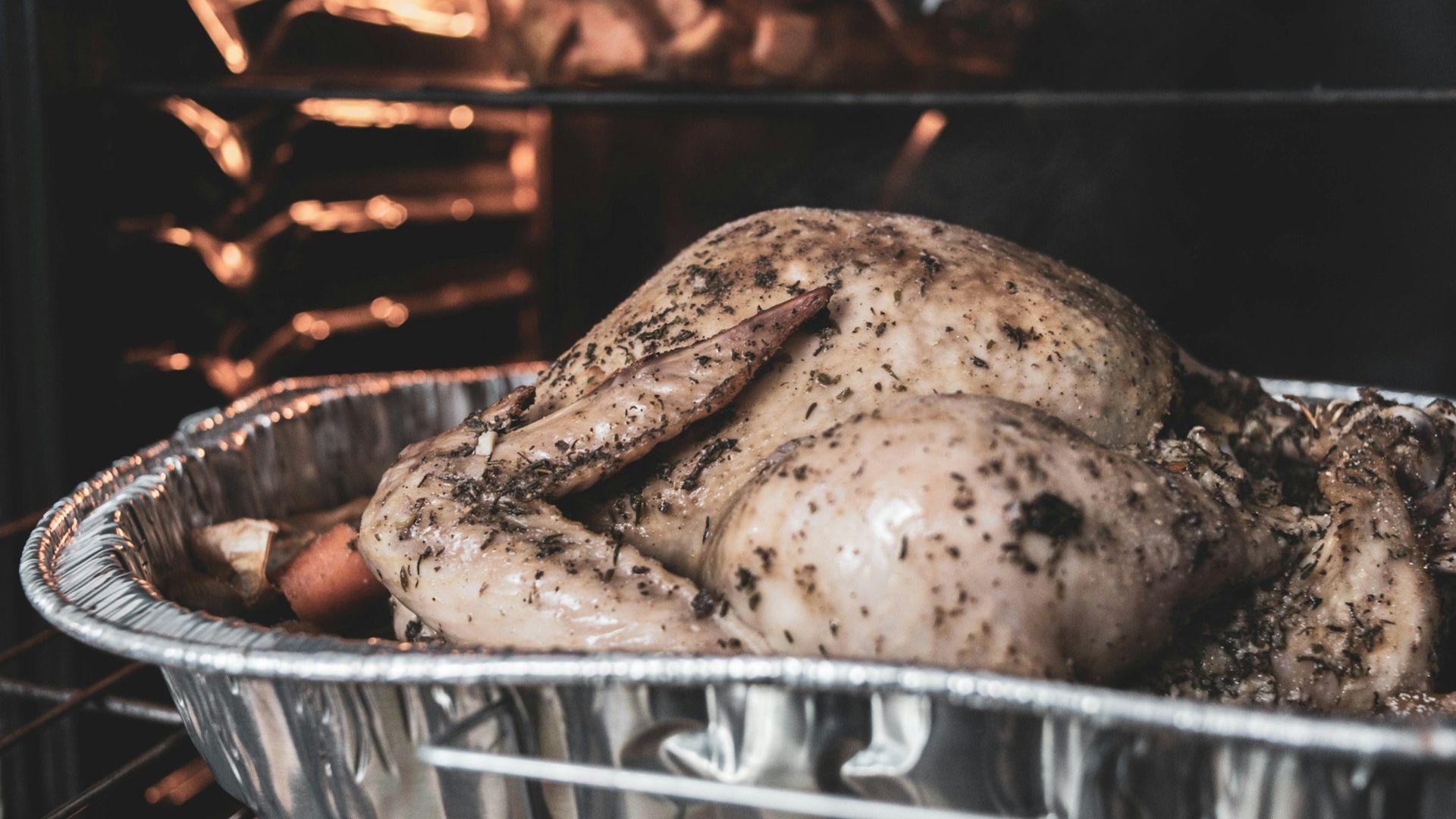
While these chickens have received some criticism for their taste and texture, it does not mean they cannot be used in other ways.
For example, Kroger’s chicken may still taste good in soups with shredded chicken, such as caldo de pollo or mulligatawny.
There Are Rotisserie Champions
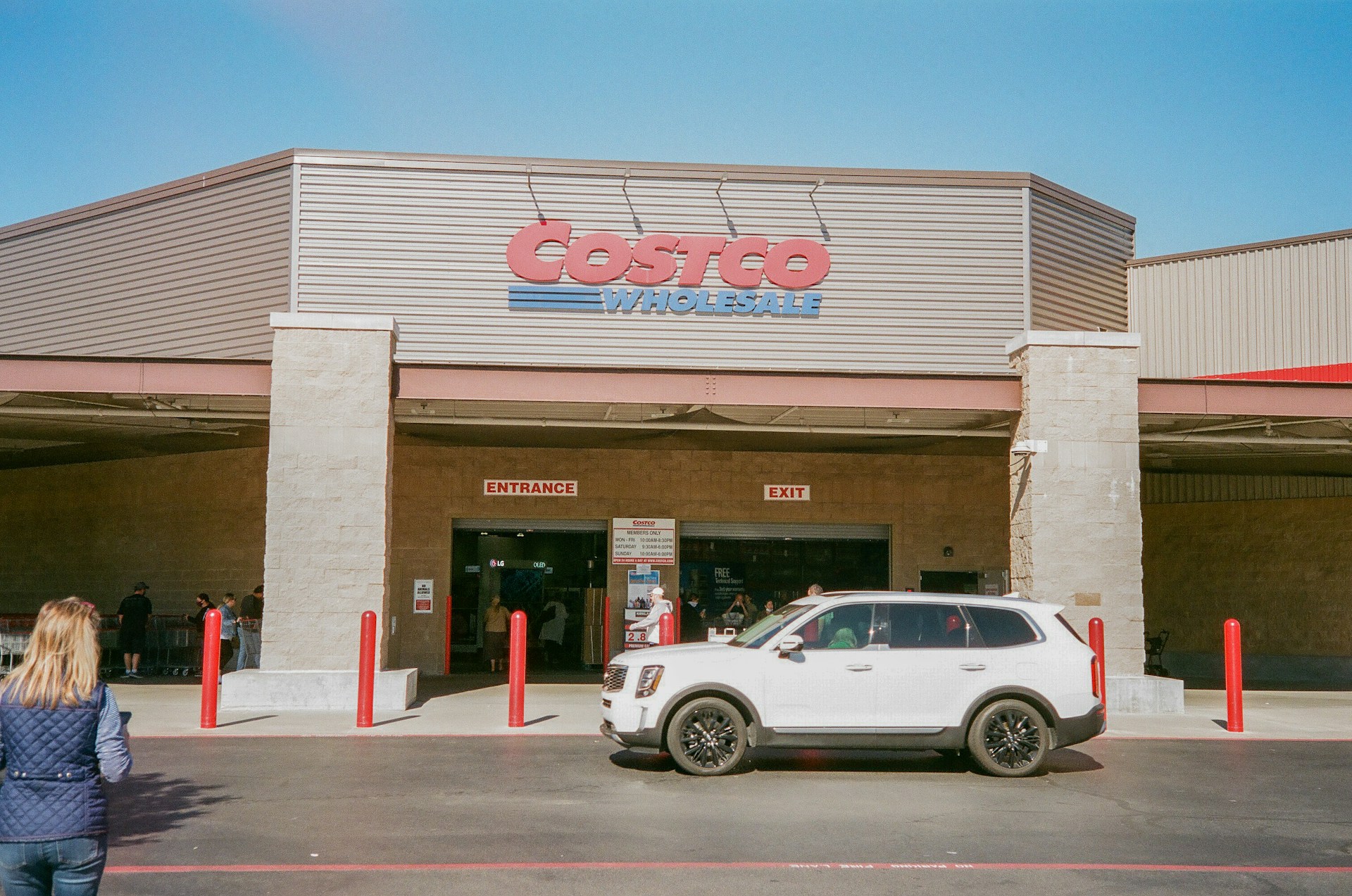
These may be the worst places to buy a rotisserie chicken, but that does not mean all grocery stores are off the table.
Costco has received widespread praise for the quality of its rotisserie chicken. These chickens only cost about $5 and weigh three pounds, which would serve multiple meals.
Safe Practices
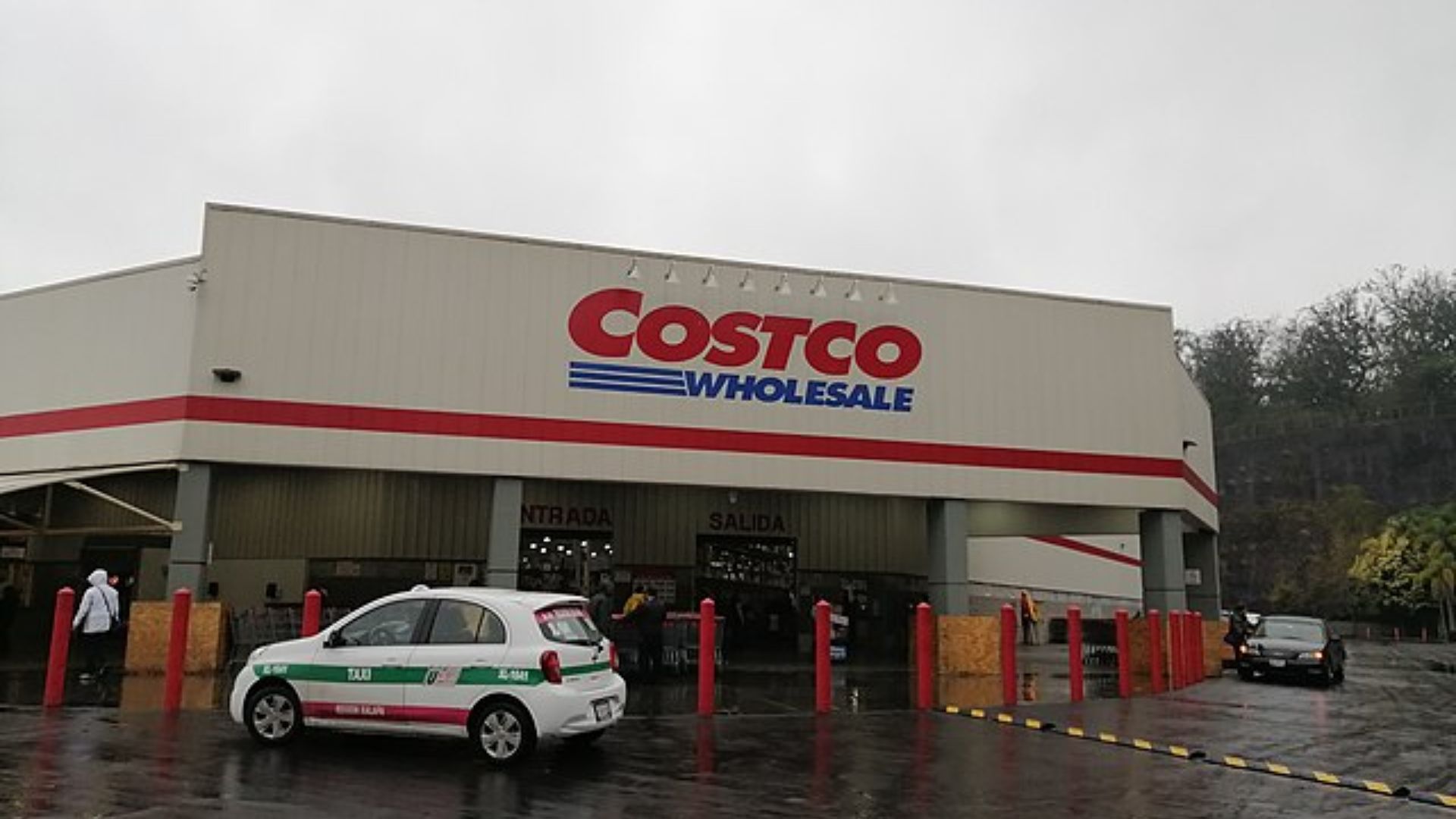
Costco may be one of the best grocery stores to pick up your rotisserie chicken.
Not only are they budget-friendly, but their practices ensure the chickens are safe to eat. The chickens never sit out for more than two hours. Staff ring a bell when the chicken has been out for over two hours and then use them as ingredients in soups, salads, and other products.
Notable Mentions

While it is important to know which places to avoid when selecting your rotisserie chicken, it is equally important to know where to get the best ones.
Alongside Costco, stores such as Wegmans, Safeway, Giant, and Sam’s Club have been praised for serving affordable chickens of high quality.
Rotisserie Chickens: Avoid or Take the Risk?
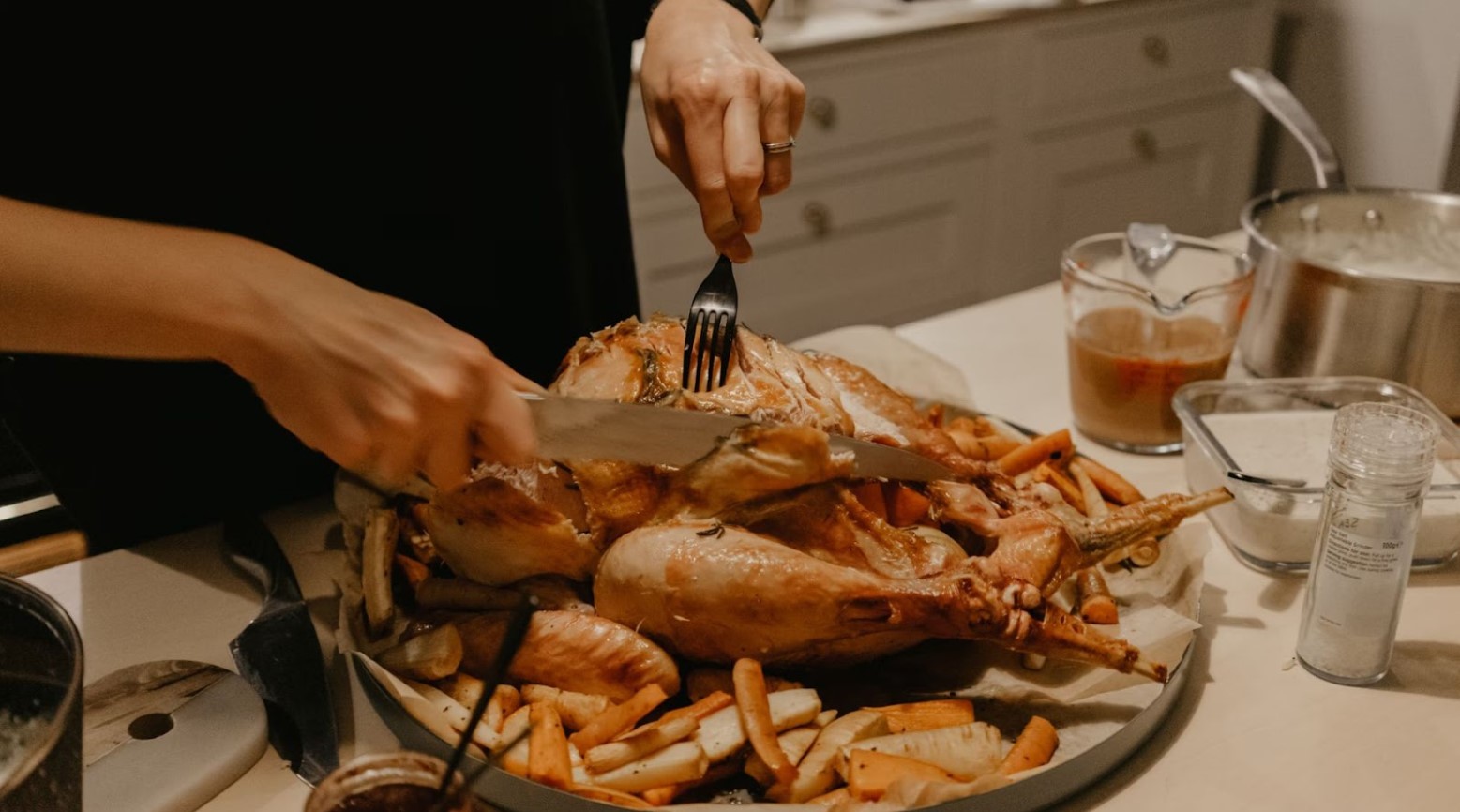
Some people question whether the risk of buying rotisserie chickens is worth it, especially when several grocery stores don’t sell good-quality chicken.
It’s important to remember that there are plenty of grocery stores out there that sell good-quality rotisserie chickens that are juicy, have crispy skin and tender meat, are full of flavor, and are not under or overcooked. You just have to know which stores sell the best chickens to avoid disappointment.
